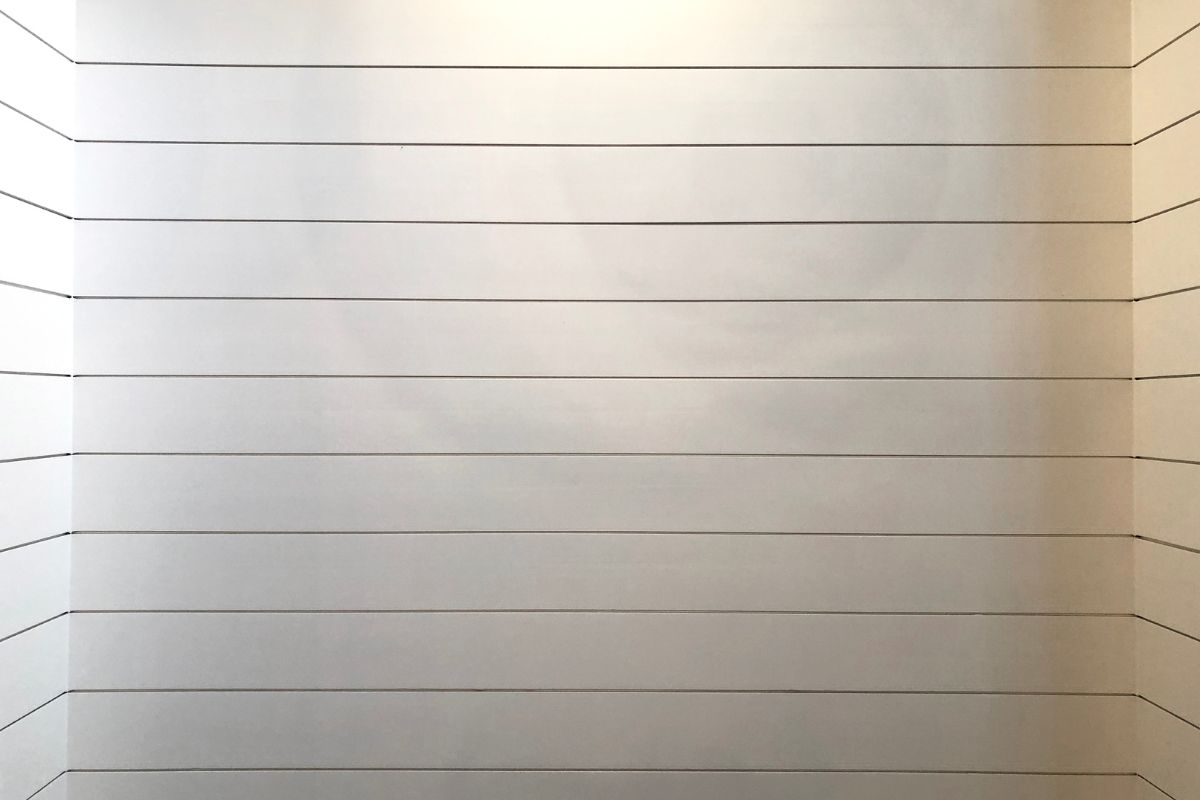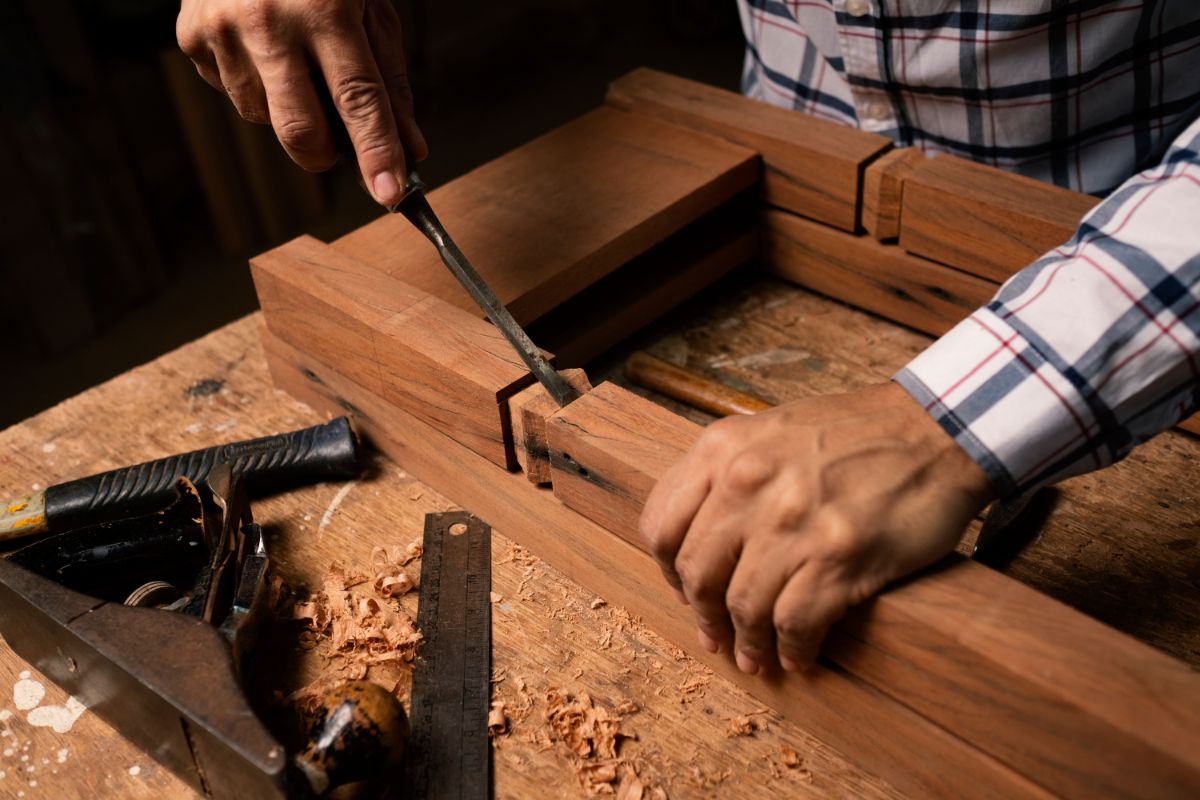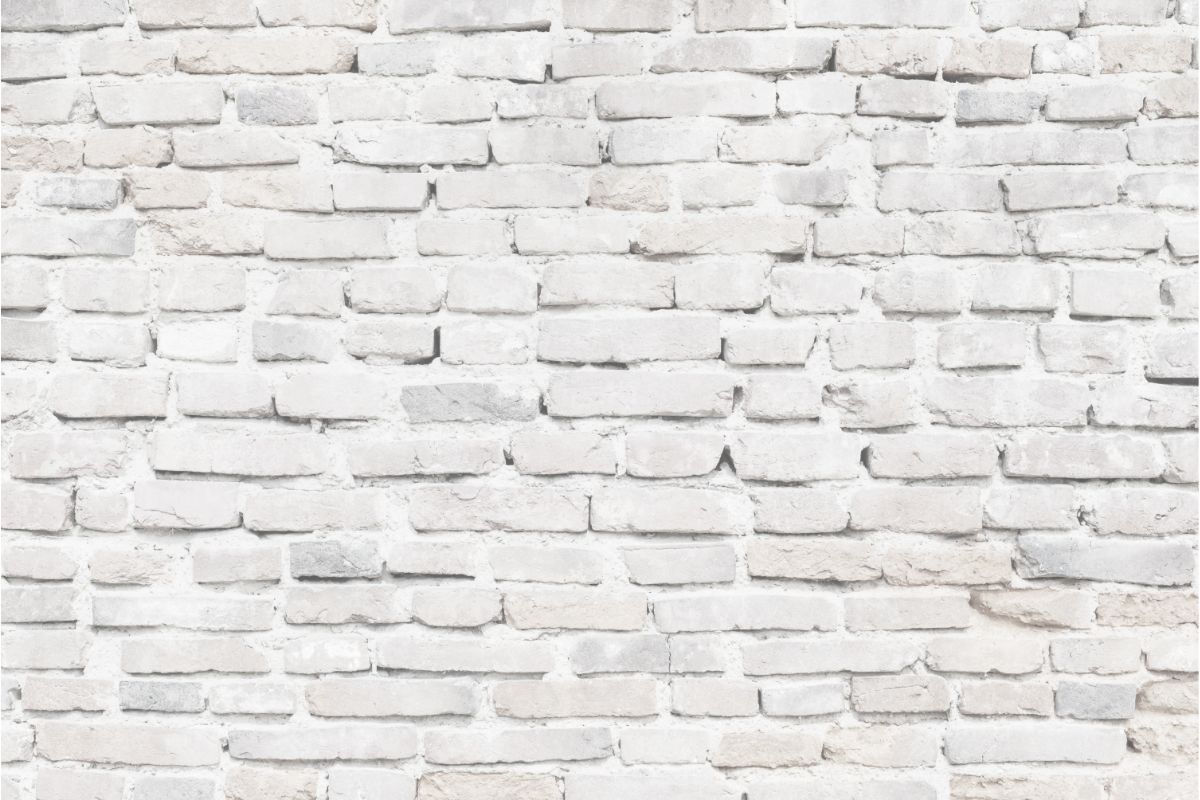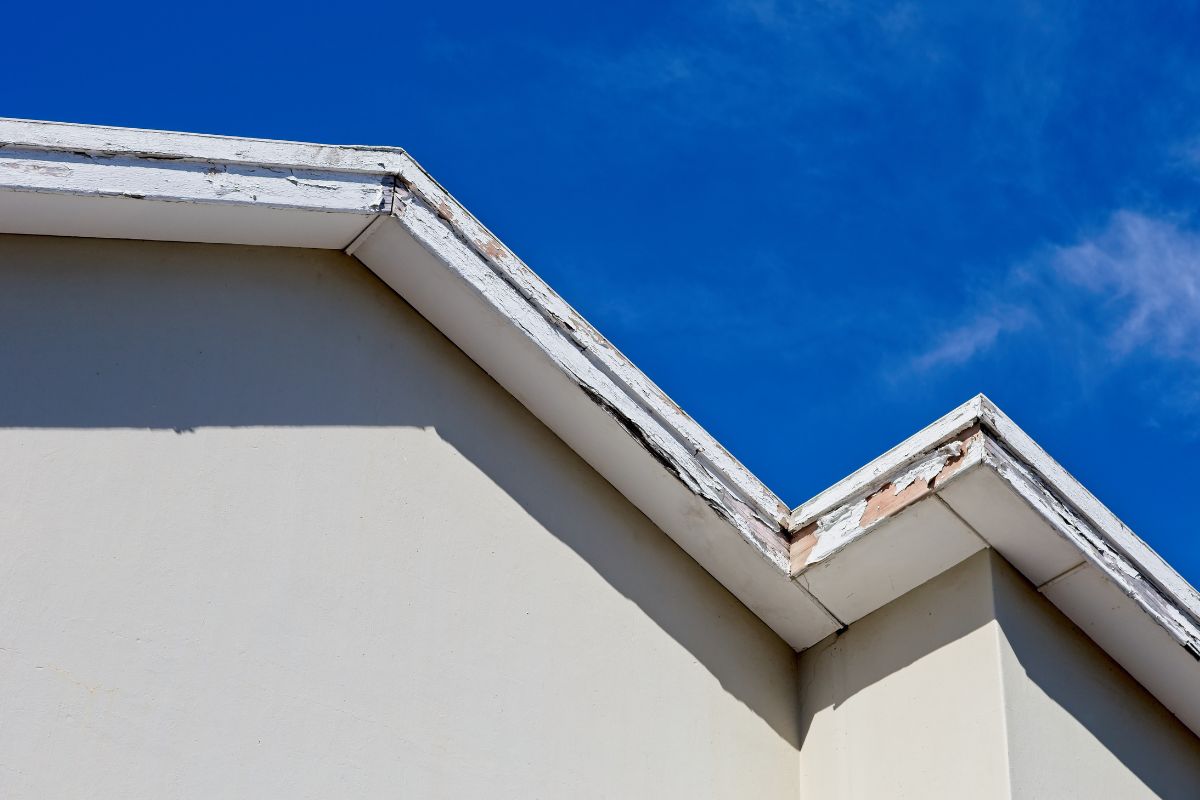If there is any chance that you are going to start work on a project which will involve working with concrete, or perhaps your day to day job means that you are regularly working around cement or concrete, you will need to be aware of the potential risks of concrete poisoning and how it should affect your work.
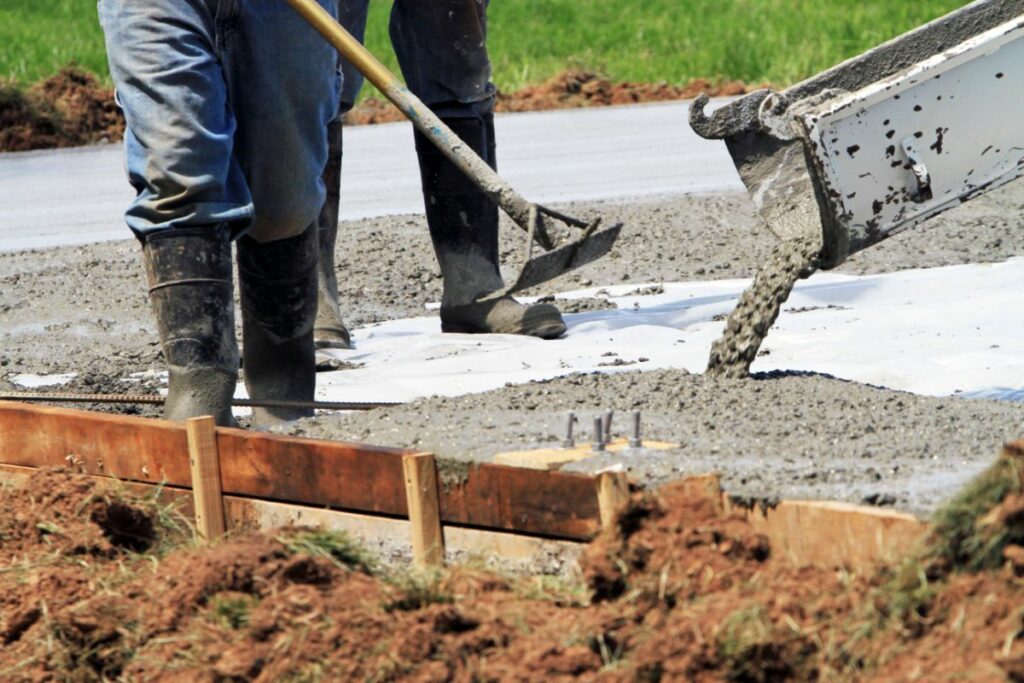
If you are taking the proper safety precautions, working with concrete is pretty safe to be around, however, if you are not taking the correct precautions, concrete can be very harmful.
Concrete can lead to serious damage, even from just coming into contact with your skin for an extended period of time.
Concrete, grout, as well as mortar (You might want to check out The Differences Between Mortar And Grout), all have Portland cement used as one of their primary ingredients. This Portland cement, as well as most other cement, can lead to serious burns being done to the skin.
Even though concrete is pretty harmless to your skin once it has become dry, the calcium oxide which is inside it will become the very alkaline substance called calcium hydroxide when it is wet which can be very harmful.
This means that wet cement has an above average pH level which is somewhere between 12 to 13 and this makes it something you should keep from having any contact with your skin.
This is a caustic material, a caustic material being something which will burn through the skin, but can be quite easy to not notice immediately.
This is different from a burn you get from something which is hot, as a chemical burn can instead build up over time instead of being sudden, meaning that plenty of damage could have been done before you even get to notice and treat it.
However, these burns can be avoided if you are wearing the correct protective gear.
In this article we will be going over not just how to identify concrete poisoning, but also, how to treat it, and how to prevent it from ever happening. So, if you are worried about the effects of concrete poisoning, keep reading.
Different Types Of Concrete Poisoning
There are actually multiple types of concrete poisoning, and one of the best ways to know what it is, is to know the different ways of getting it.
Concrete Poisoning From Skin Contact
This is the most common type of concrete poisoning you will come across, and it comes from concrete having direct contact with your skin.
This usually happens at some point during the mixing, pouring, or in the smoothing process. Sometimes the wet concrete can even move its way through clothes.
If your skiing comes into contact with the wet concrete for a short time and is then washed off soon after, it is unlikely that any burns will develop. For example, leaving a handprint in concrete, then washing your hands, is not that dangerous.
These types of burns will take a while to fully develop, so your skin will have to be in contact with the concrete as it dries for quite some time before you will get burned.
These concrete burns can end up being first, second, or thirds degree burns all depending on the amount time the skin is in contact with the cement. If it gets bad enough a skin graft or amputation could even be needed.
An example of getting a burn this way is a worker smoothing concrete on their knees and the concrete works its way through the clothes ending up harming the shins and knees.
Concrete Poisoning From Inhalation
You can also get concrete poisoning from inhaling concrete dust, and this can lead to a variety of problems like coughing, having difficulty breathing, wheezing, and vomiting.
This often happens when pouring, mixing, and even transporting dry concrete, as it will end up kicking up the dry dust, you need to make sure to avoid any chance of this getting into your lungs.
The concrete dust will get inside your lungs and react to any moisture to become calcium hydroxide. As mentioned, this is caustic and will cause painful burns inside your body if you do not treat it properly.
Concrete dust also tends to have a high volume of silica in it which can also go into your lungs, and if this happens it can end up causing scar tissue as well as necrosis. If this happens too much, you can end up developing a condition called Silicosis, which can be fatal.
This is why inhalation of concrete dust needs to be taken seriously and why you often find masonry cutting tools including a water hose attachment which will keep the level of dust from forming down.
Concrete Poisoning From Ingestion
The final form of concrete poisoning is from ingestion, and as you can imagine, it poses major health risks.
However, this type of concrete poisoning is the most rare, however, it is much more likely to affect children or pets.
There is also the chance that concrete dust can end up contaminating drinks or food in its vicinity, this is more likely in a dusty environment.
After you have ingested concrete, you can end up getting serious burns on your mouth, lips, throat, and inside your stomach. This will often lead to drooling, difficulty swallowing, and vomiting.
Preventing Concrete Poisoning
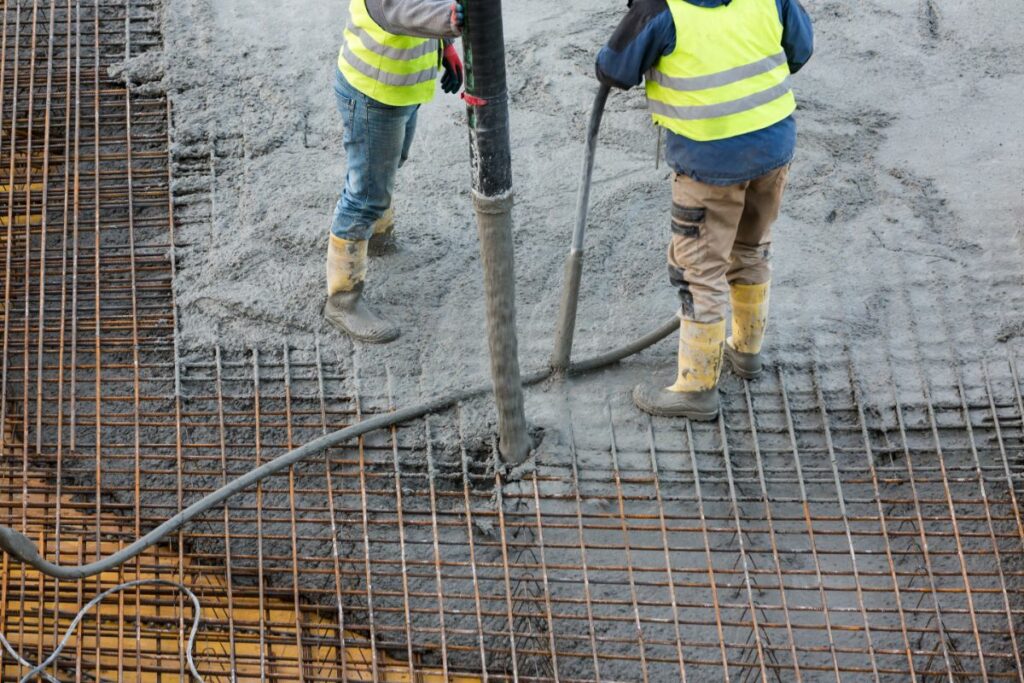
Preventing concrete poisoning is the best way to stop it from happening, and it is not too hard either.
The best preventative measure to take against concrete poisoning is to wear the correct protective equipment, and to avoid any way concrete could get on your bare skin, and to finally ensure that you are not in an environment where you are breathing in concrete dust.
Some more specific preventative measures include:
- Wearing gloves which are designed for working with concrete, these tend to have liquid and chemical resistance to keep your hands dry, these will stop chemical burns.
- Wearing longer sleeves, as well as full coverage overalls, and waterproof boots.
- When you are handling concrete which is even dry, wear eyewear and a face shield to stop concrete dust getting into your nose, mouth, and eyes.
- You will want to remove any rings, jewelry, or watches which can get any concrete stuck underneath them.
- Make sure that you are mixing dry cement in a properly ventilated area.
- Keep children and pets away from environments with concrete work.
Treating Concrete Poisoning
- If you think you have inhaled concrete dust, get to fresh air as soon as you can.
- If you have got wet cement on your skin and you think a burn is forming, take off the clothing which is affected and wash your skin with clean water for around 20 minutes.
- To further stop the burn you can add vinegar to the area to bring the pH level down.
- After these steps have been taken, you will want to seek a medical professional as they can treat you further, and make sure they know you are dealing with a caustic cement burn.
Takeaway
Hopefully, you now have all the tools to be able to properly identify cement burns, know what type it is, know how to prevent this from happening, and know how to treat this issue.
- The Woodworkers Guide to Brad Nailers: Everything You Need to Know - September 25, 2023
- How To DIY An Aztec Garden Dining Table [The Easy Way] - October 18, 2022
- Farrow & Ball Pigeon: Is It Right For Your Home? - October 17, 2022


